In the early 1950s, the Pan-American Coffee Bureau ran an ad campaign featuring illustrations of friends, family, and coworkers gathering together around a warm cup of coffee. The tagline read, “Give yourself a coffee-break!” With that ad, a story was told, and a habit was born: people started taking “coffee breaks” at work. The term, originally coined as part of that ad, is one we still use.
Fast forward seven decades, and a wider push toward more narrative-driven advertising has been brewing for a while now. Back in 2014, research from Facebook, Refinery29, and Adaptly revealed that ads focusing only on generating subscriptions were less successful than those that first shared the brand story before inviting audiences to sign up.
Here’s another now-famous anecdote, this time from the professor Jennifer Aaker of Stanford’s Graduate School of Business: she asked her students to put together a one-minute pitch. Just one in ten students highlighted a story as part of their pitch, while the others chose to feature figures and facts. Following the pitches, the students were then asked to write down the things they remembered: while 5% remembered a statistic, 63% recalled the story.
Advertising has always been a vehicle for telling stories. These stories don’t necessarily have to be epic; they just need to be relatable. In 1952, perhaps no one used the term “coffee-break,” but they all understood the appeal of taking a quick time-out from work to enjoy a tasty beverage. The same principle holds today.
In 2015, research from Nielsen indicated that ads “depicting real-life situations” resonated most powerfully with audiences, as selected by 44% of respondents globally. As the team at Neilson explained, the top advertisements were relatable and followed a simple storyline; more than that, they also used compelling visual elements.
For that reason, storytelling continues to be one of the most effective tools in commercial stock photography. When used well, great stories can help brands connect with consumers in the moment—and remain top-of-mind well into the future. In this guide for Licensing Contributors, we’ll cover three key steps to creating a successful, narrative-driven photoshoot.
Planning your shot list
A successful lifestyle session begins with a shot list, so think about the story you want to tell and how you want to tell it: the location, casting, styling, and lighting of your scene will all come together to create that cohesive narrative. Remember to include plenty of diversity in your shots; changing your angles, wardrobe choices, and even locations can all help capture the nuances of a larger story.
When building your list, remember to include a beginning, middle, and end to your story. “For example, if you are photographing a sustainable fashion story, you may want to capture not only the final product on the models but also the raw materials, the making of the clothing, and the work of employees behind the scenes,” the 500px team urges. “Consider the Four P’s: People, Place, Plot, and Purpose.”
Include your “hero shots,” but remember the smaller, everyday scenes too, when your models are in between actions and expressing themselves naturally. Known as “micro-moments,” these are powerful visuals to include as part of a larger narrative. Finally, while variety is key, make sure all your images work together, with a consistent color palette and mood, as buyers might select several photos from the same shoot to use throughout their campaigns. Look at some of your favorite brands and the visuals they use for inspiration on color, concepts, and settings.
Keeping it real
If “authenticity” was a buzzword before, the rise of social platforms like TikTok has transformed it into a cultural mainstay. In today’s climate, customers value honesty and transparency first and foremost. They choose brands that are real, genuine, and unfiltered–and they can spot disingenuous advertising from a mile away.
For years now, we’ve seen a trend toward more realistic, documentary-style lifestyle photography, with brands moving away from perfectly airbrushed models in stiff poses. Instead, they’re choosing more natural, slice-of-life visuals, featuring real people expressing genuine emotions. Start with friends, family, and members of your community.
One way to capture this contemporary aesthetic is by collaborating with your models to document “a day in their life.” You can set the scene by helping them select wardrobe items (nothing with logos or trademarked details) and props (again, you want to steer clear of any branded details or designs).
Choose a spot with beautiful natural light, and then fade into the background as they participate in the activity of the day, whether it’s getting the kids ready for school, doing homework together, or preparing dinner. Maybe you invite the pets to join as well—animals like dogs and cats make wonderful models.
By definition, authentic images are inclusive images, so celebrate what makes your models unique. Represent people of all genders, abilities, backgrounds, and identities. Research from the Getty Images Creative Insights Team finds that 72% of consumers globally expect the brands they support to support diversity and inclusion; 80% are loyal to brands who support their values—which brings us right into our next topic.
Articulating core values
Late last year, the Ipsos Global Trends 2021 report revealed that consumers are increasingly turning to brands that share and align with their values, with 70% of respondents across 25 countries saying that they buy from brands that mirror their principles. The top two expectations among consumers are that brands stand up for social issues and that they do their part to combat climate change.
“Storytelling has become a way for brands to articulate their mission and principles, in addition to and beyond speaking about their products,” the team at 500px says. Think about how you can incorporate your own values into your photography. Capture what’s unique about your community, and ask your models about what matters most to them.
If you follow a zero-waste lifestyle, consider organizing a shoot around that theme, featuring sustainable products. Similarly, if your models are passionate about volunteering in their community, perhaps you collaborate with them to document the work being done in a community garden.
The media advertising landscape has changed dramatically, even in the last five years, as social media has given brands new ways to share stories and connect with their followers. According to research from Meta, 41% of Gen Zers say they feel more personally connected when brands share content that makes them feel like they are part of the brand’s community, with 29% saying they feel closer to brands that “offer an inside look into their business.”
Amid those changes, relatable stories continue to inspire us. In the summer, Starbucks unveiled “The Starbucks Coffee Break-away,” a short film made in collaboration with the actor Ashley Park. Inspired, in part, by a study that revealed that three out of four Americans say they struggle sometimes to be present in their daily lives, the brand encouraged us to reconnect and create those meaningful moments with those closest to us. In illustrating a now-familiar story—the time-honored coffee break—with images of real people (sisters, childhood best friends, and a father and daughter), they brought classic a narrative into the modern age.
Want more tips for timely content? Check out our previous article, Commercial storytelling: Building a narrative.
Not on 500px yet? Click here to learn about Licensing with 500px.

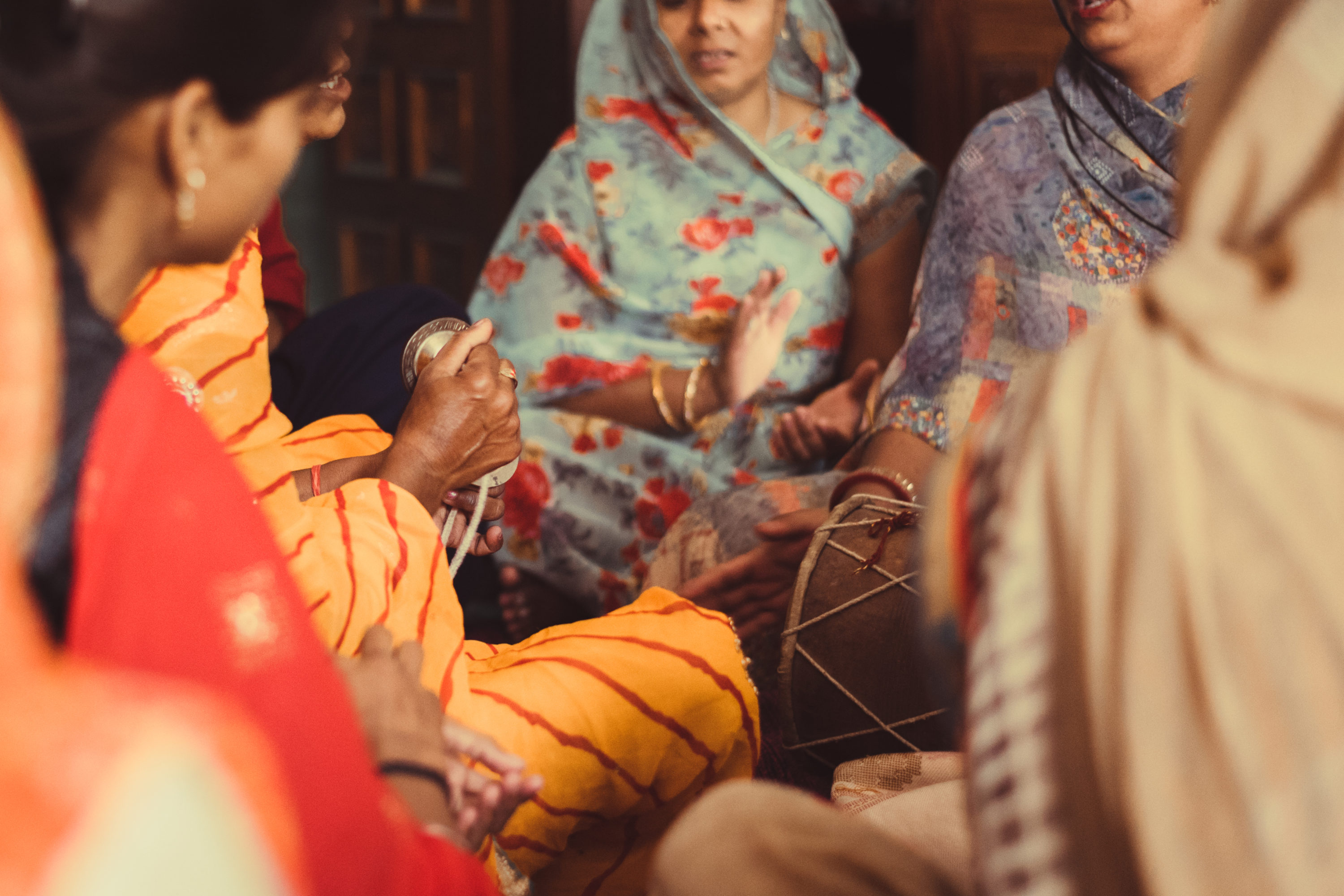
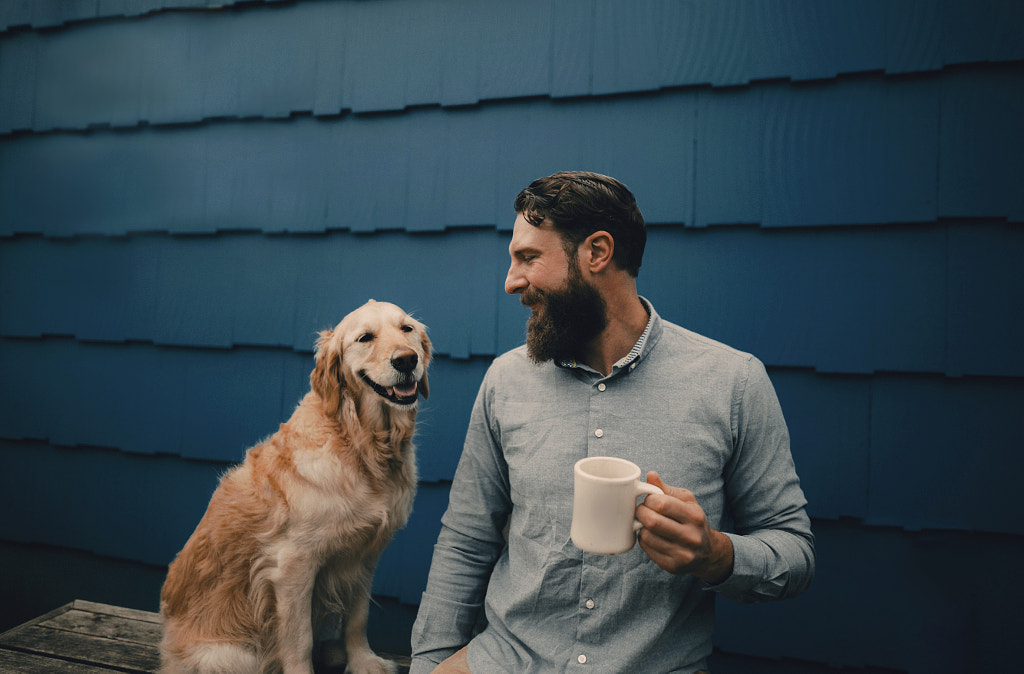

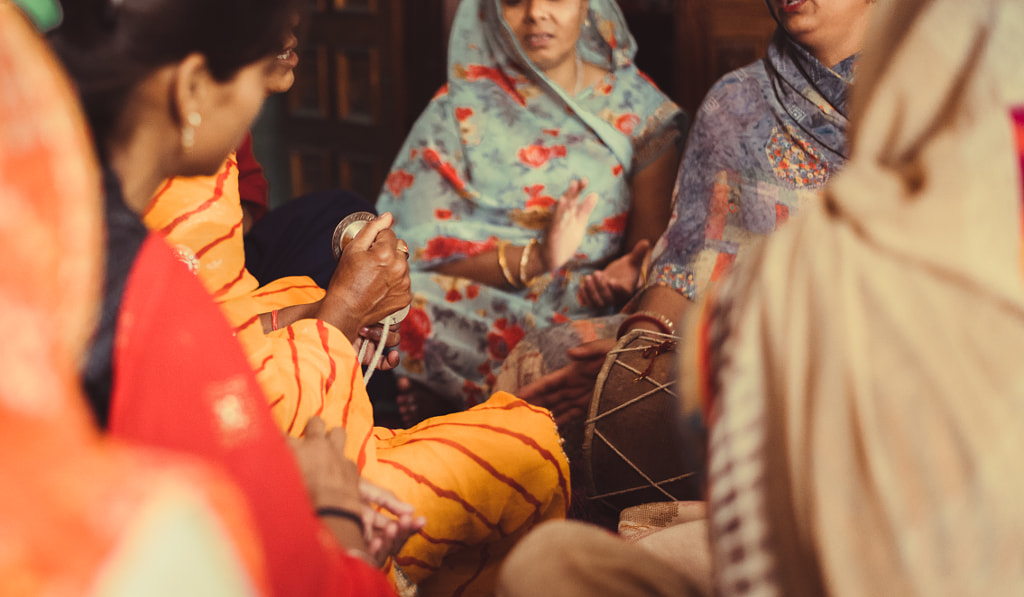
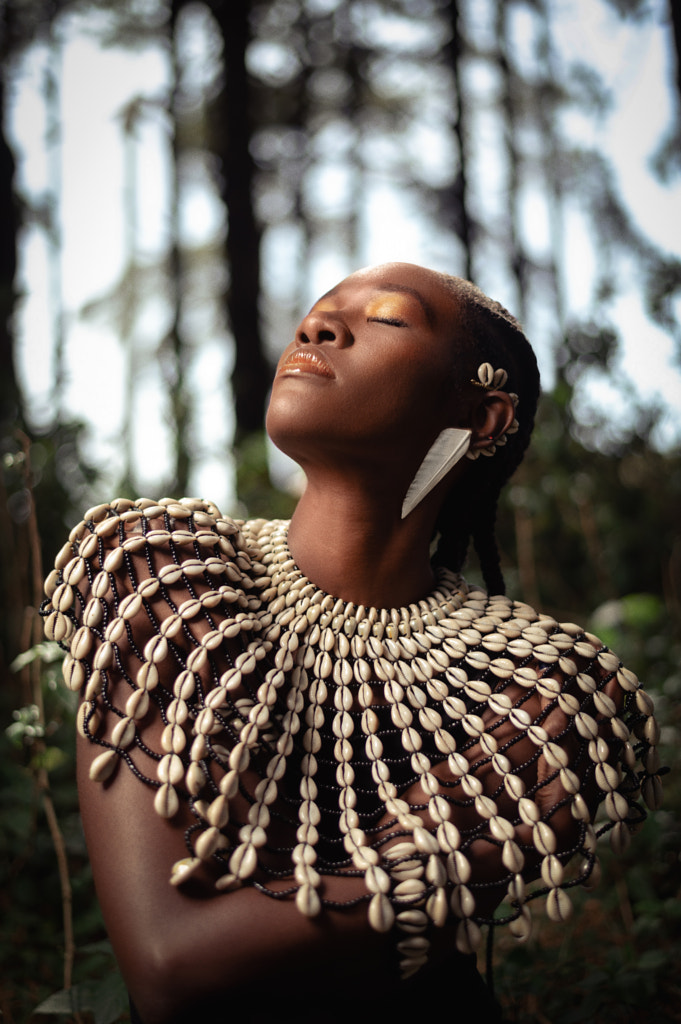
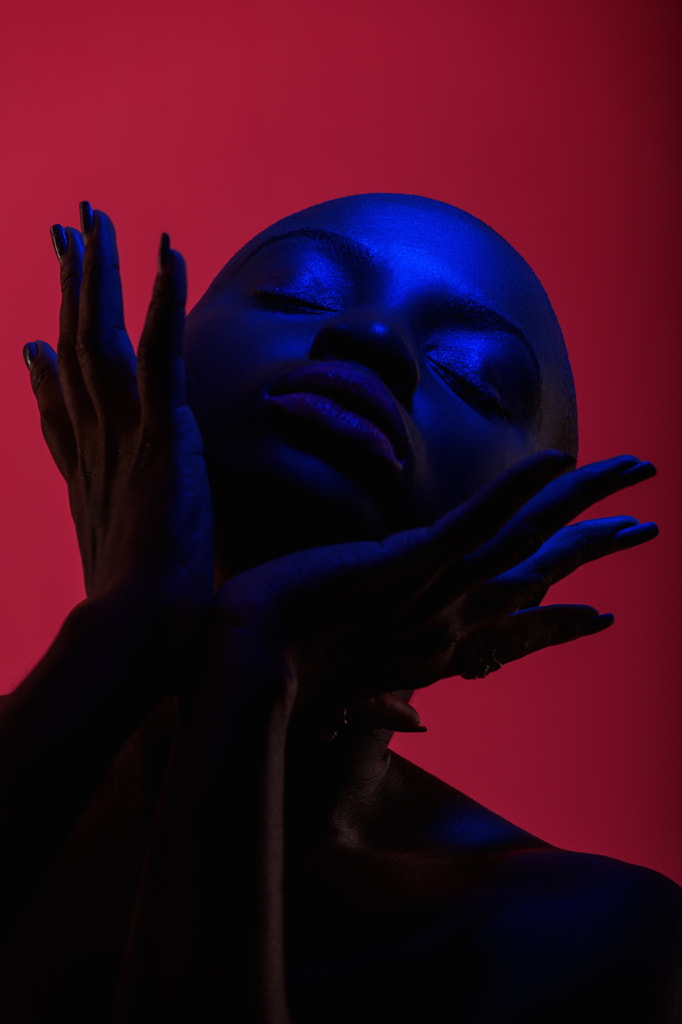

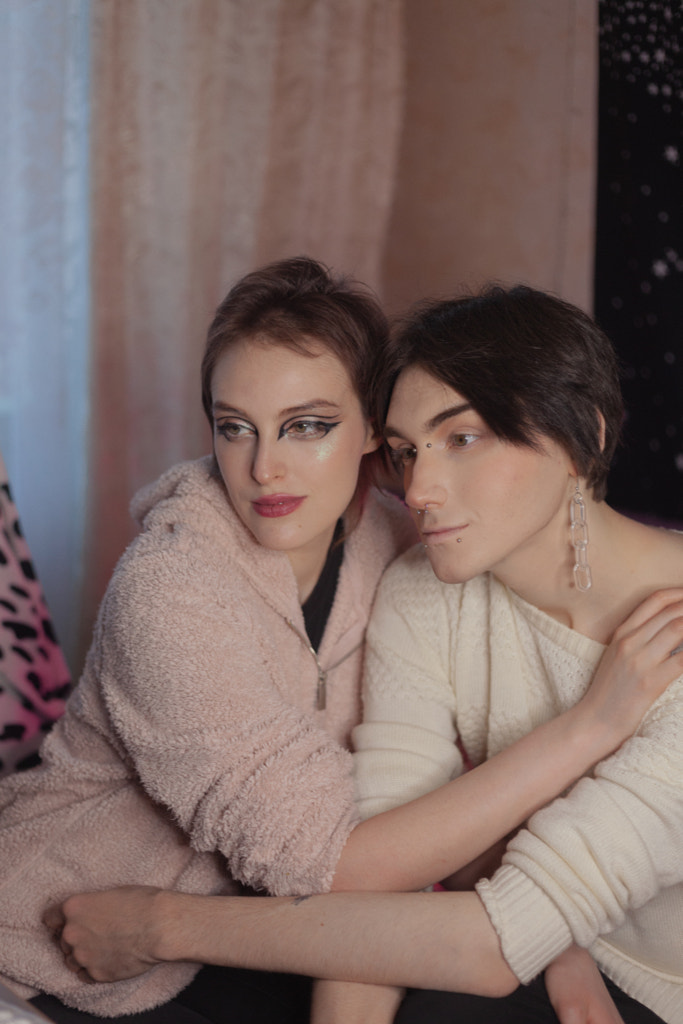
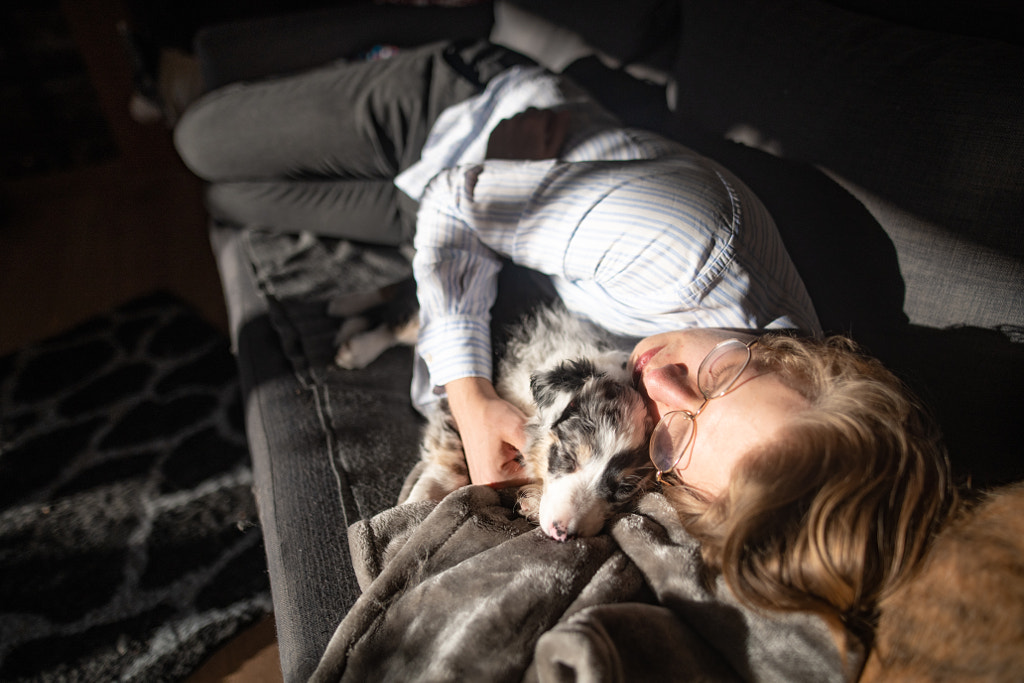



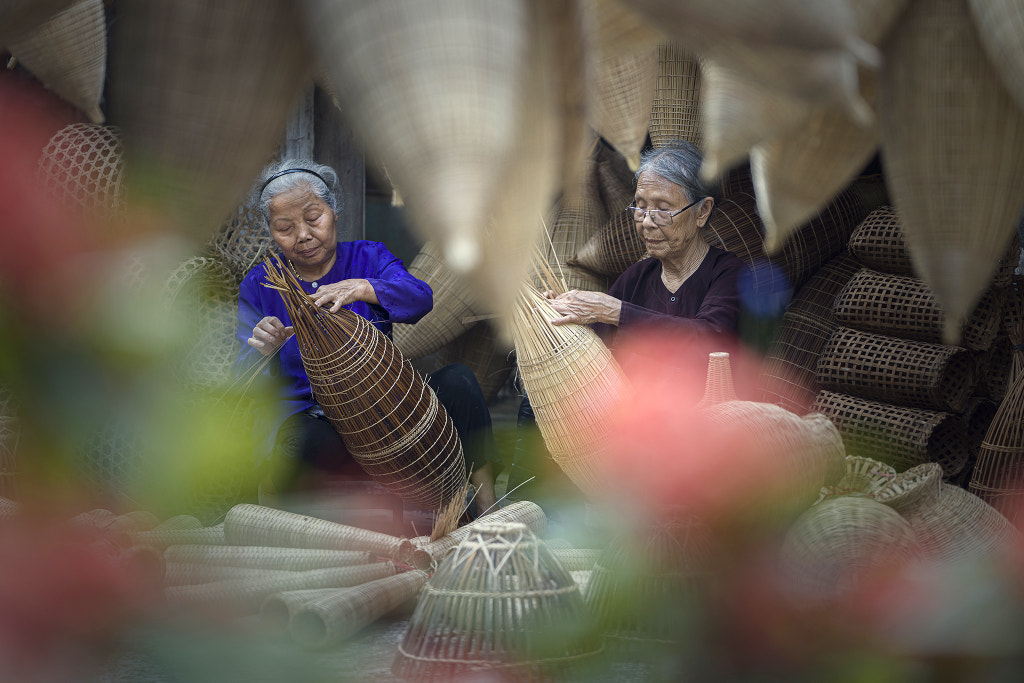






Leave a reply